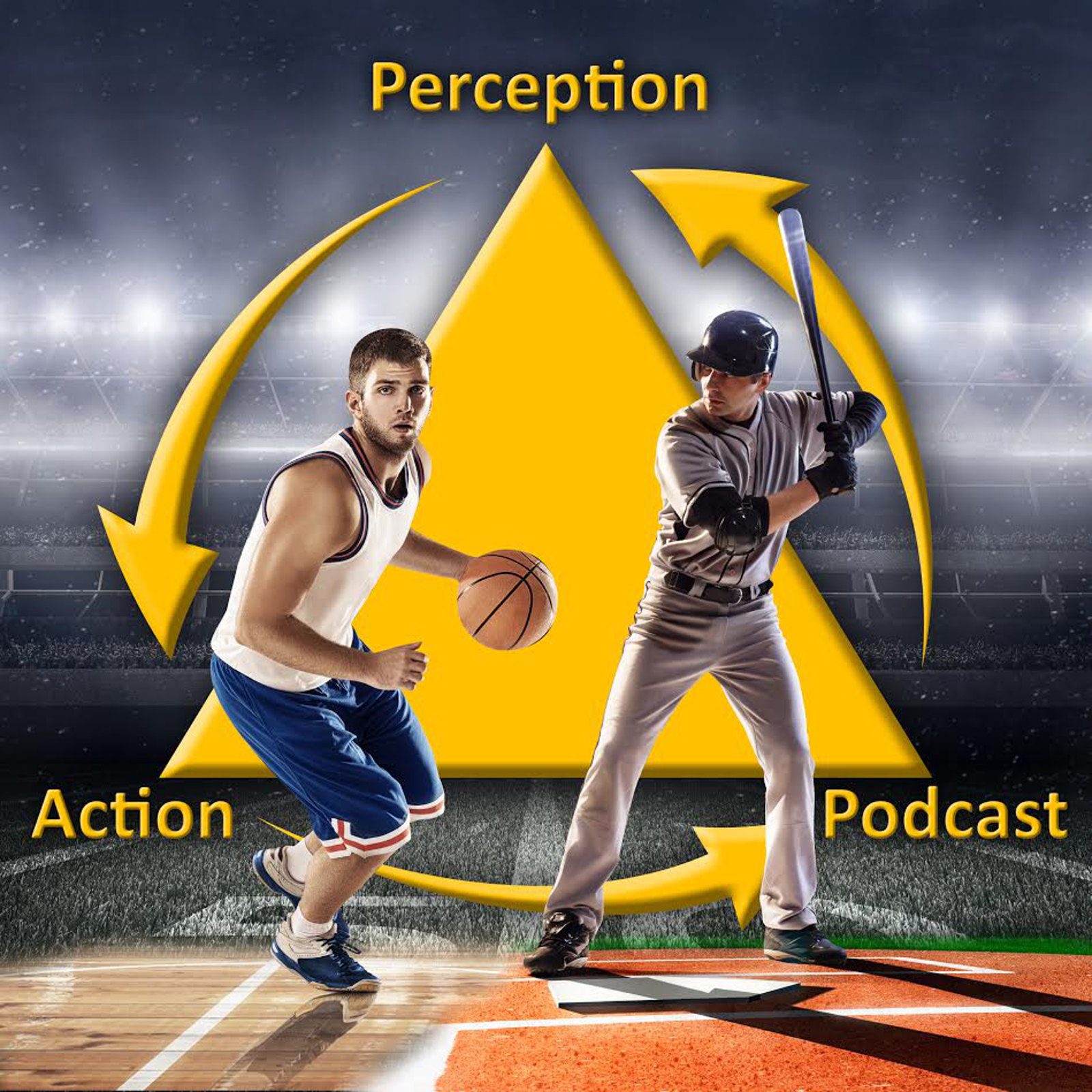148 – On Becoming Skillful: A Dynamical Systems Approach
148 A look at the 1995 article by Jane Clark which provides an excellent overview of the dynamical systems approach to skill acquisition. Download link Articles:On Becoming Skillful: Patterns & Constraints More information:Subscribe in iOS/AppleSubscribe in Android/GoogleMy Research Gate Page (pdfs of my articles)My ASU Web pagePodcast Facebook page (videos, pics, etc)Email: robgray@asu.edu Support the…
Read More
